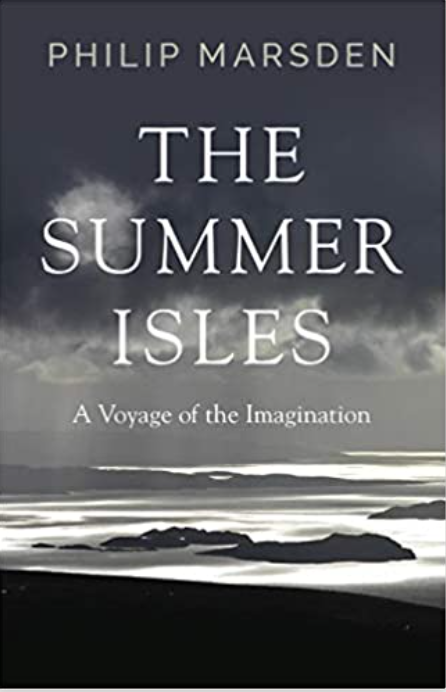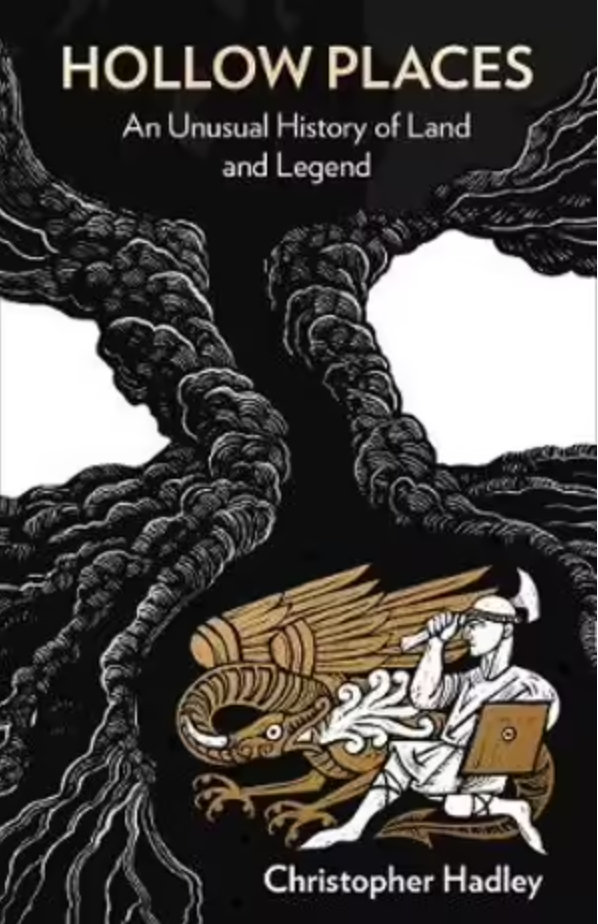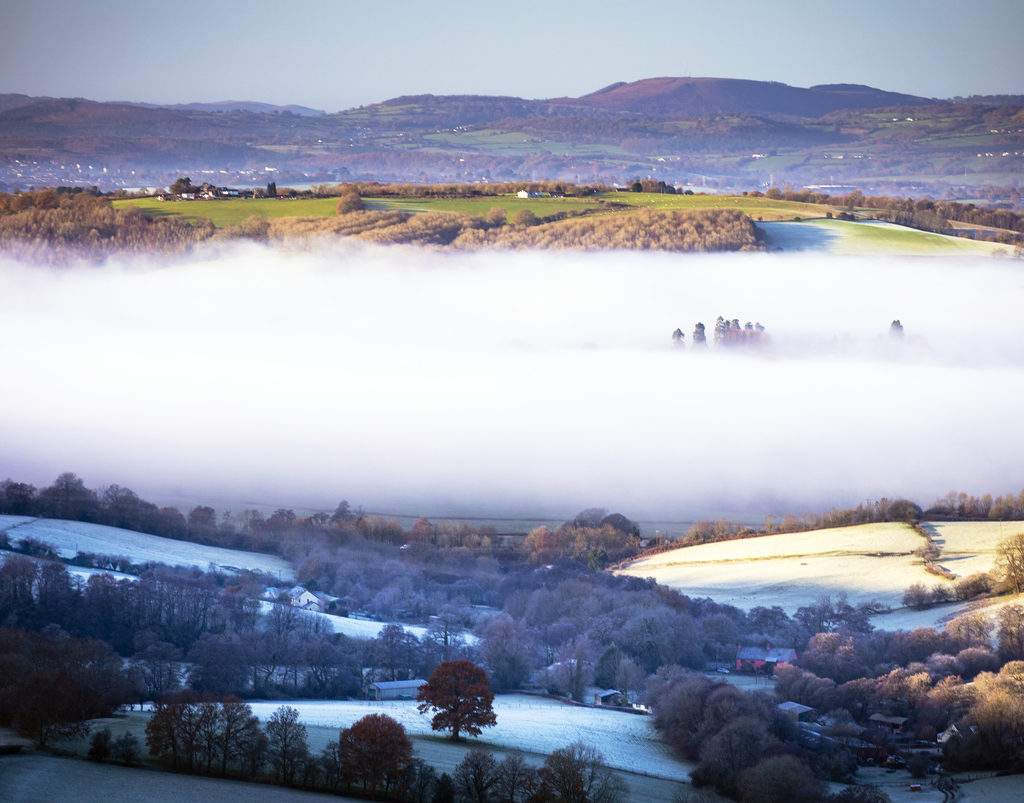Reviews: The Summer Isles by Philip Marsden & Hollow Places by Christopher Hadley
The land collects stories. Some of these are history, but as you go further back, history merges with legend. Or perhaps it is the other way around – legends arise from history. Two recent, intriguing books explore the rich muddle of place, fact, and story.
In The Summer Isles Philip Marsden evocatively describes a trip around the west coast of Ireland and up to the west coast of Scotland (two countries linked not only by geology but also by DNA and culture) by wooden sailboat, navigating by the profuse collection of legends that have accumulated like barnacles on the points of land that he passes, anchors near, alights on. ‘Places are never just places,’ he says. He writes about one man who collected 8000 pieces of Irish lore just from his local region, and of stories of islands (improbably) under the sea, drifting, disappearing, on the back of a fish, of ships sailing in the sky, of places where one doesn’t grow old, where women’s feet don’t touch the ground.
Marsden writes about a cave adapted as a church, built upon an older, pagan shrine, indicative of a wider process. In Ireland Christianity has built on local legends, and although Christianity’s sacredness manifests in love of God and neighbour, rather than sacred power being invested in particular spots of land, as in other religions, in the areas Marsden visits biblical stories metamorphosise into local ones – pigs with spirits jumping off cliffs, improbable meetings with biblical characters. It’s as if the biblical stories have to be grounded locally to make sense, to resonate.

Marsden doesn’t believe the tales he is told, but he doesn’t quite not believe them either. He says we need imagination to help with our understanding of place and our sense of belonging, and he notes that far-fetched stories often contain hints and kernels of history.
Hollow Places is about one particular location in Herefordshire, also rich in history and lore and with connections between Christianity and older tales, and although the book has a tight geographical focus, it has as wide a vision as that of The Summer Isles. This curious book covers the legend of a dragon slayer buried in a tomb in a church wall, but also explores the way dragons and angels were envisaged and illustrated, how tombs were decorated, the art of stone carving, moat building, archery, yew trees, mapmaking, book decoration and Reformation iconoclasm. It too is about the slow creep of folktales, how they accumulate detail, how symbolism is remembered as fact.
Piers Shonks, a giant, apparently killed a dragon living under a yew tree in a field. Though the story changed over time and was disputed, it seems the existence of dragons was ‘taken for granted’. Locals believed that while illustrations of dragons varied, they related to the ‘last dragon drawn from life’. (Since dragons also occur in Asian myth, questions remain about what prompted this widespread belief.)
But could the story of Shonks being a dragon slayer have been prompted and developed simply from the symbols used on his tomb?

Christopher Hadley also has the opinion that the more fantastical stories may hide more down-to-earth political and social origins, just like how, say, the fantastical imagery of the Book of Revelation masks a critique of worldly authority. But in following every thread and unravelling just what this local story might mean, Hadley similarly opines that it would be a lesser world without such stories, and, he says, if doing his job as a writer of history – scrutinising the past and figuring out what the facts were – lessens the story’s power, this is ‘not what I intended’.
A fact is one thing, but a story is easier to remember and sometimes has a richer ‘wisdom’.
Nick Mattiske blogs on books at coburgreviewofbooks.wordpress.com














